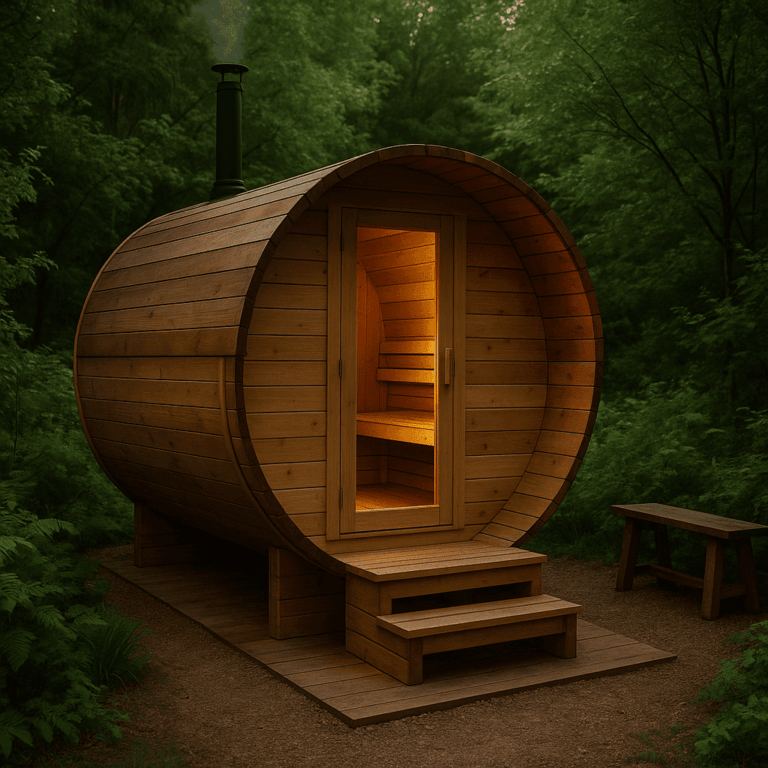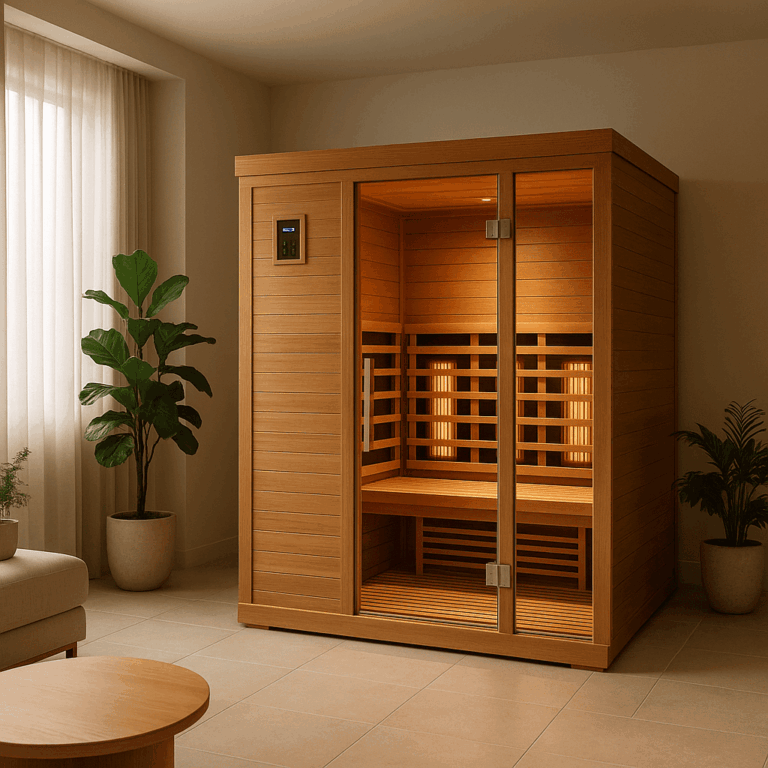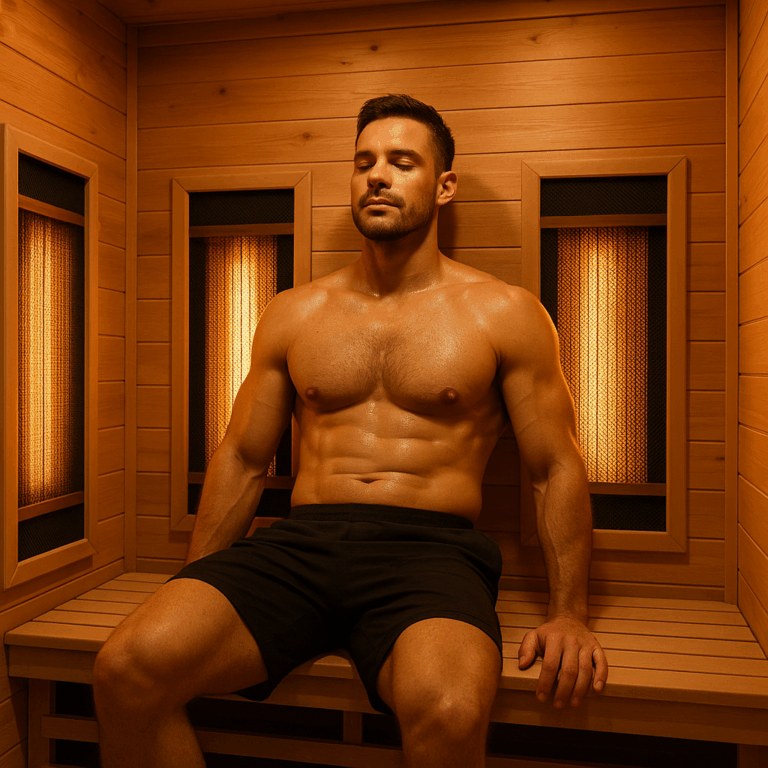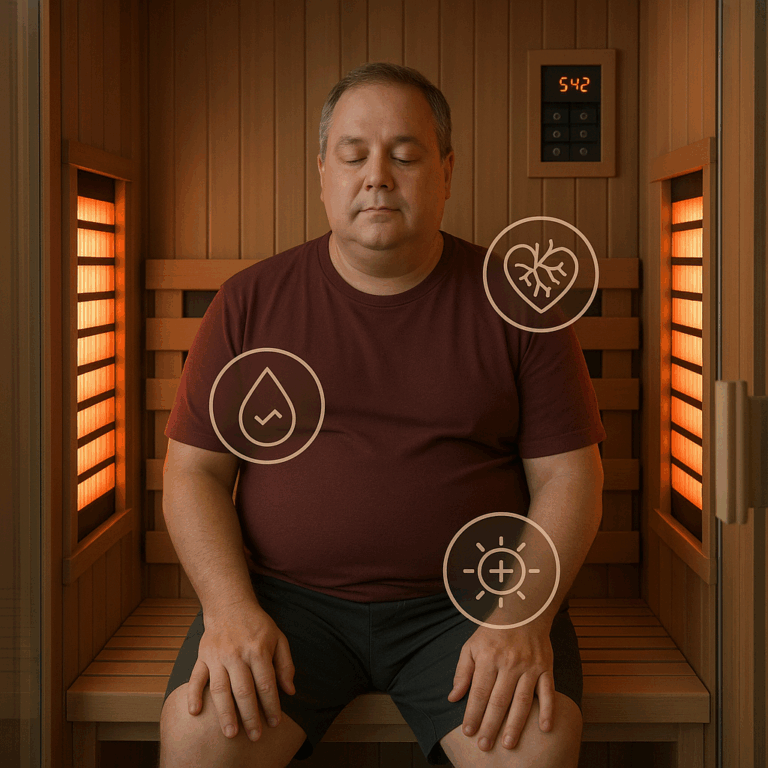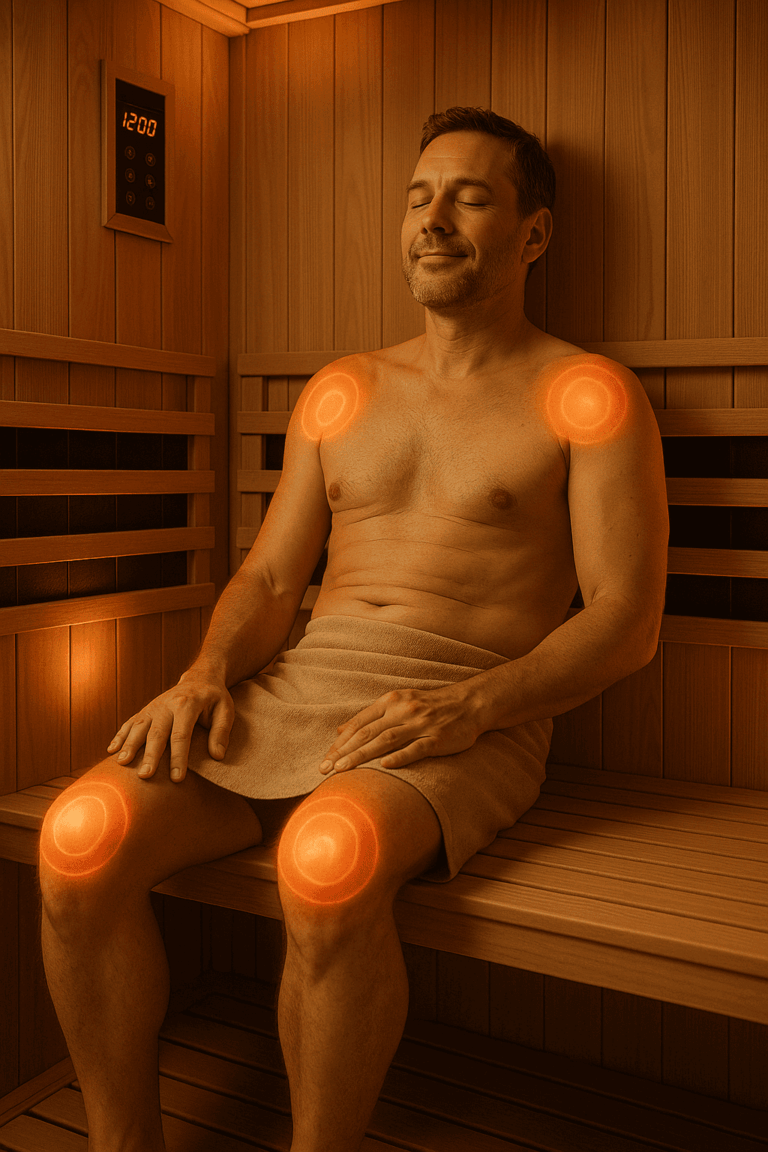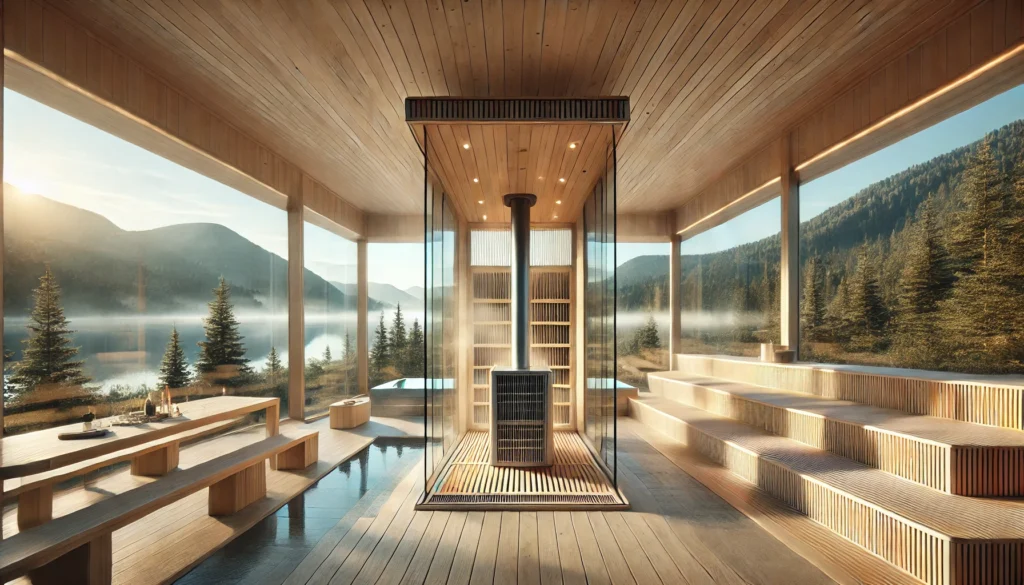
Sauna therapy has evolved from a traditional Scandinavian ritual into a cornerstone of luxury wellness retreats around the world. Today, it’s no longer just a post-massage add-on—it’s a core component of scientifically driven wellness programs focused on metabolic health, detoxification, stress reduction, and recovery.
As consumer demand for evidence-based, holistic health experiences grows, saunas are being reimagined as therapeutic tools integrated with modern spa protocols, functional medicine, and advanced recovery science. This article explores how sauna therapy is reshaping the structure, design, and value proposition of modern wellness retreats.
Sauna Therapy: A Science-Backed Wellness Modality
Contemporary sauna applications extend far beyond relaxation. Numerous clinical studies support sauna use as an intervention for a variety of chronic and lifestyle-related conditions.
Evidence-based benefits include:
- Cardiovascular improvement: Regular heat exposure improves endothelial function and reduces blood pressure.
- Stress hormone modulation: Sauna use decreases cortisol and increases beta-endorphins.
- Muscle recovery: Heat therapy enhances circulation, oxygenation, and lactic acid clearance.
- Immune support: Sauna-induced hyperthermia increases leukocyte activity and natural killer cell counts.
- Metabolic activation: Induces mild thermogenic effects, aiding in fat oxidation and insulin sensitivity.
These findings have prompted top-tier wellness destinations to develop targeted sauna-based protocols for detox retreats, athletic recovery programs, and anti-aging therapies.
Why Retreats Are Prioritizing Heat Therapy
As wellness retreats shift toward immersive, health-optimized experiences, sauna therapy provides several strategic advantages.
1. Low-Risk, High-Impact Modality
Unlike more invasive treatments, sauna therapy requires minimal supervision and integrates seamlessly into daily routines. It’s accessible for most clients and offers immediate perceptual benefits (e.g., relaxation, sweat, improved sleep).
2. Customizable to Client Needs
Retreats can tailor sauna experiences by:
- Temperature range (infrared vs. traditional)
- Session duration and frequency
- Integration with cold therapy, massage, or lymphatic drainage
- Layering in red light or aromatherapy
This versatility makes it suitable for detox programs, fitness recovery, stress relief, and sleep optimization tracks.
3. Enhances Other Therapies
Sauna sessions are increasingly used as a priming intervention:
- Prepares muscles for manual therapy or yoga
- Enhances absorption of topical skin treatments
- Improves post-session rest and sleep
The thermal load from sauna use also supports better metabolic outcomes from fasting or plant-based nutrition protocols common in retreats.
Modern Sauna Integration in Wellness Spaces
Leading wellness retreats are now investing in high-tech, design-integrated sauna installations:
- Infrared cabins with zone-specific heating and chromotherapy
- Traditional Finnish saunas paired with plunge pools or cryo chambers
- Glass-wall saunas in scenic locations (mountains, forests, oceanfront)
- Mobile pod saunas for outdoor or wilderness settings
Design is not purely aesthetic—materials, airflow, and heater type all contribute to the therapeutic environment. Many retreats opt for low EMF infrared systems or cedar-lined traditional units to support sensitive or detoxing clients.
Combining Sauna Therapy with Cold Exposure
Contrast therapy—alternating between heat and cold—has gained traction for its circulatory, anti-inflammatory, and neurochemical benefits.
Popular pairings include:
- Sauna followed by cold plunge (39–50°F for 1–3 min)
- Infrared session followed by ice bath and breathwork
- Guided hot-cold contrast circuits as part of daily ritual programming
These combinations enhance resilience, reduce muscle damage, and contribute to mental clarity—valuable outcomes for high-performance or burnout-recovery guests.
Client Outcomes and Market Demand
Wellness retreat guests increasingly seek evidence-based interventions rather than generic spa treatments. Sauna therapy meets this demand while also supporting:
- Biohacking goals (e.g., mitochondrial enhancement, sleep improvement)
- Stress and burnout recovery
- Detox and cellular regeneration
- Athletic and injury recovery
- Immune system fortification
A retreat offering well-structured heat therapy earns credibility and repeat clientele by delivering results grounded in science—not just indulgence.
Global Examples of Sauna-Centric Retreats
Some of the world’s most advanced wellness destinations have placed sauna therapy at the center of their offerings:
- Lanserhof Tegernsee (Germany): Integrates traditional saunas with medical-grade diagnostics and personalized recovery programs.
- Amanpuri (Thailand): Offers private infrared sauna pods as part of detox and longevity retreats.
- Shou Sugi Ban House (USA): Combines cedar saunas with hydrotherapy and meditation for mind-body recovery.
- VivaMayr (Austria): Uses saunas to support detoxification in gut-focused regenerative programs.
These centers reflect a growing standard: sauna therapy is no longer optional—it’s essential.
Operational Considerations for Retreat Owners
When planning or upgrading a wellness facility, consider the following for sauna implementation:
- Space planning: Include enough area for ventilation, rest, and contrast therapy.
- Material selection: Use hypoallergenic wood, non-toxic insulation, and low-EMF tech.
- Capacity management: Optimize schedules to prevent crowding while ensuring availability.
- Staff training: Educate guides on safe sauna use, contraindications, and pairing strategies.
- Client education: Provide orientation on timing, hydration, and post-session care.
Adding a sauna without a comprehensive plan may reduce therapeutic value and customer satisfaction.
Conclusion: From Luxury to Necessity in Retreat Design
Sauna therapy has emerged as a foundational tool in modern wellness retreat architecture. Its versatility, scientific credibility, and compatibility with other therapies make it a must-have for properties seeking to deliver meaningful, results-oriented experiences.
As health-conscious travelers look for more than superficial relaxation, the integration of sauna therapy into a retreat’s core offering represents not just a wellness upgrade—but a strategic investment in client outcomes and operational differentiation.
